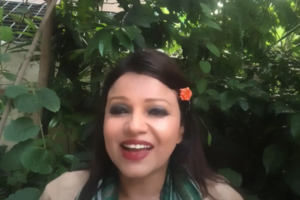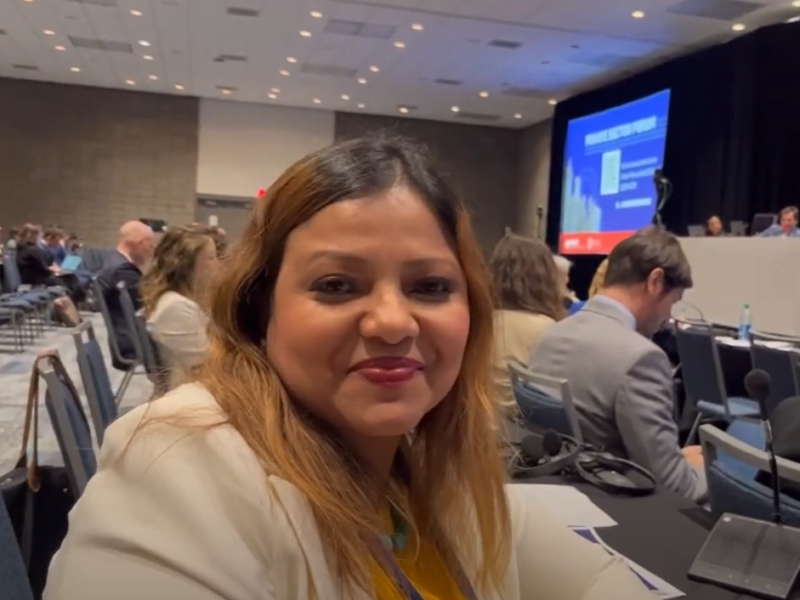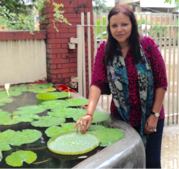Trade in medical products which have now been described as critical and in severe shortage during the COVID-19 crisis totalled about US$ 597 billion in 2019, accounting for 1.7 percent of total world merchandise trade, according to a new report.
The ten largest supplying economies accounted for almost three-quarters of total world exports of the products while the ten largest buyers accounted for roughly two-thirds of world imports, reports UNB.
The World Trade Organisation (WTO) Secretariat has released the new report on trade in medical products critical for the global response to the COVID-19 pandemic on Friday.
The report traces trade flows for products such as personal protective products, hospital and laboratory supplies, medicines and medical technology while providing information on their respective tariffs, according to WTO which deals with the global rules of trade between nations. Its main function is to ensure that trade flows as smoothly, predictably and freely as possible.
Commitments made under various WTO negotiations and agreements have helped slash import tariffs on these products and improve market access, with the average tariff on COVID-19 medical products standing at 4.8 percent, lower than the 7.6 percent average tariff for non-agricultural products in general.
The statistics show that 52 percent of 134 WTO members impose a tariff of 5 percent or lower on medical products.
Among them, four members do not levy any tariffs at all: Hong Kong, China; Iceland; Macao, China; and Singapore.
The report, however, also identifies markets where tariffs remain high. Tariffs on face masks, for example, can be as high as 55% in some countries.
Key Points:
Germany, the United States and Switzerland supply 35% of medical products;
China, Germany and the United States export 40% of personal protective products;
Imports and exports of medical products totalled about US$ 2 trillion, including intra-EU trade, which represented approximately 5% of total world merchandise trade in 2019;
Trade of products described as critical and in severe shortage in the COVID-19 crisis totalled about US$ 597 billion, or 1.7% of total world trade in 2019;
Tariffs on some products remain very high. For example, the average applied tariff for hand soap is 17% and some WTO members apply tariffs as high as 65%;
Protective supplies used in the fight against COVID-19 attract an average tariff of 11.5% and go as high as 27% in some countries;
The WTO has contributed to the liberalization of trade in medical products in three main ways:
The results of tariff negotiations scheduled at the inception of the WTO in 1995;
Conclusion of the plurilateral sectoral Agreement on Pharmaceutical Products (“Pharma Agreement”) in the Uruguay Round and its four subsequent reviews;
The Expansion of the Information Technology Agreement in 2015.
Those products include: computer tomography apparatus; disinfectants/ sterilization products; face masks; gloves; hand soap and sanitizer; patient monitors and pulse oximeters; protective spectacles and visors; sterilizers; syringes; thermometers; ultrasonic scanning apparatus; ventilators, oxygen mask; X-ray equipment; other medical devices.
They are frequently mentioned by countries, international organizations and in news reports as the goods in short supply.






















